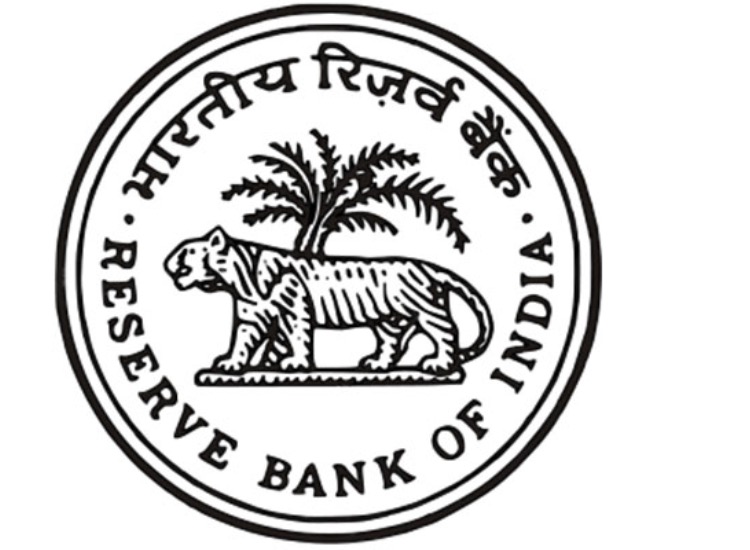 RBI Report
RBI Report Banks' balance sheet jumps in double digits after 7 years, says RBI report
Mumbai/IBNS: The balance sheet of Indian banks continued to improve in the financial year 2021-22 showing a double-digit growth after a span of seven years, the Reserve Bank of India (RBI) said in its annual report on the trend and progress of banking in India.
The asset quality and capital position of the banks bettered during the period, the report said.
With gross non-performing assets (GNPAs) of commercial banks as a percentage of gross advances further fell in September 2022, to 5 per cent, as compared to 5.8 per cent in March 2022.
“This decrease was led by lower slippages as well as reduction in outstanding GNPAs through recoveries, upgradations and write-offs,” the report said.
The public sector banks (PSBs) have the biggest share in the deposit and advances market, accounting for 62 percent of the deposits of scheduled commercial banks, while on loans, they corner 58 percent market share.
The return on equity (RoE) and return on assets (RoA) of commercial banks improved to levels last observed in 2014-15.
In the case of PSBs, written-off loans mainly contributed the reduction in NPAs.
Upgradation of loans was the primary cause for asset quality improvement for private banks.
At the end of September 2022, credit growth of banks was at a 10-year high.
The capital adequacy ratio (CAR) has been growing for the banking sector in the last few years, the report noted.
Rising interest rates could cause mark-to-market losses for banks.
However, data from select banks suggested at end-September 2022 that, ceteris paribus, banks would remain adequately capitalised even after making necessary provisions for MTM losses due to a rise in yield.
With respect to off-balance sheet operations, the contingent liabilities’ growth of all Scheduled Commercial Banks crossed 23 percent – the highest in 11 years.
This growth was led by growth in forward exchange contracts, and acceptances and endorsements.
As a proportion of balance sheet size, contingent liabilities increased from 119 percent in 2020-21 to 133 per cent in 2021-22.
“Foreign banks’ contingent liabilities are more than 10 times their balance sheet size and constitute about half of the banking system’s total off-balance sheet exposures. Their non-interest income, however, has not increased commensurately,” the report said.
The report also noted that, after contracting for two successive years, new bank branches set up by commercial banks grew by 4.6 percent during 2021-22.
The growth was led by new branches opened in Tier 4, Tier 5 and Tier 6 centres.
“Although the share of Tier 2 and Tier 3 centres in new branches declined in 2021- 22 from a year ago, more than half of the new branches opened during the year were in Tier 1 and Tier 3 centres,” the report said.
Support Our Journalism
We cannot do without you.. your contribution supports unbiased journalism
IBNS is not driven by any ism- not wokeism, not racism, not skewed secularism, not hyper right-wing or left liberal ideals, nor by any hardline religious beliefs or hyper nationalism. We want to serve you good old objective news, as they are. We do not judge or preach. We let people decide for themselves. We only try to present factual and well-sourced news.







